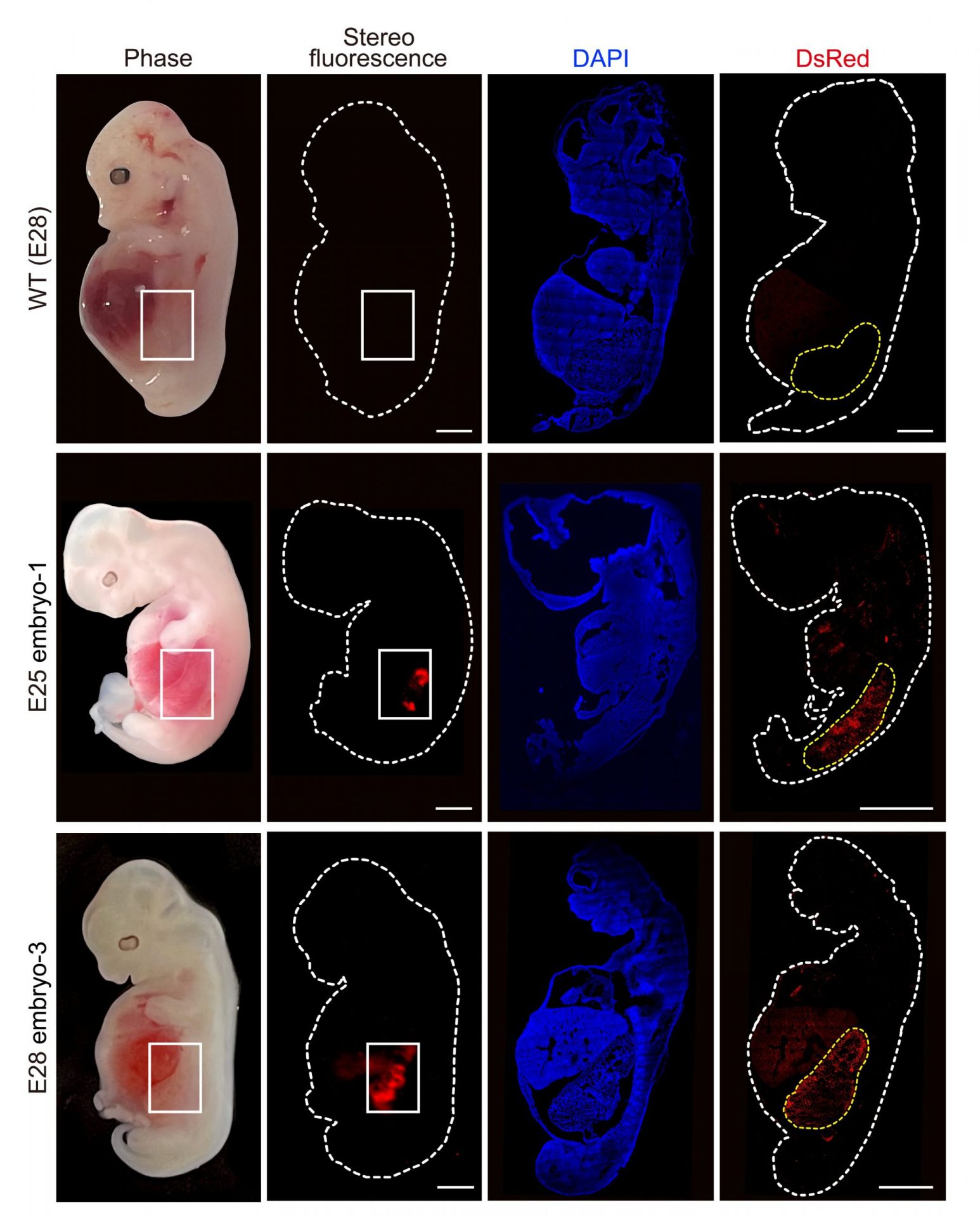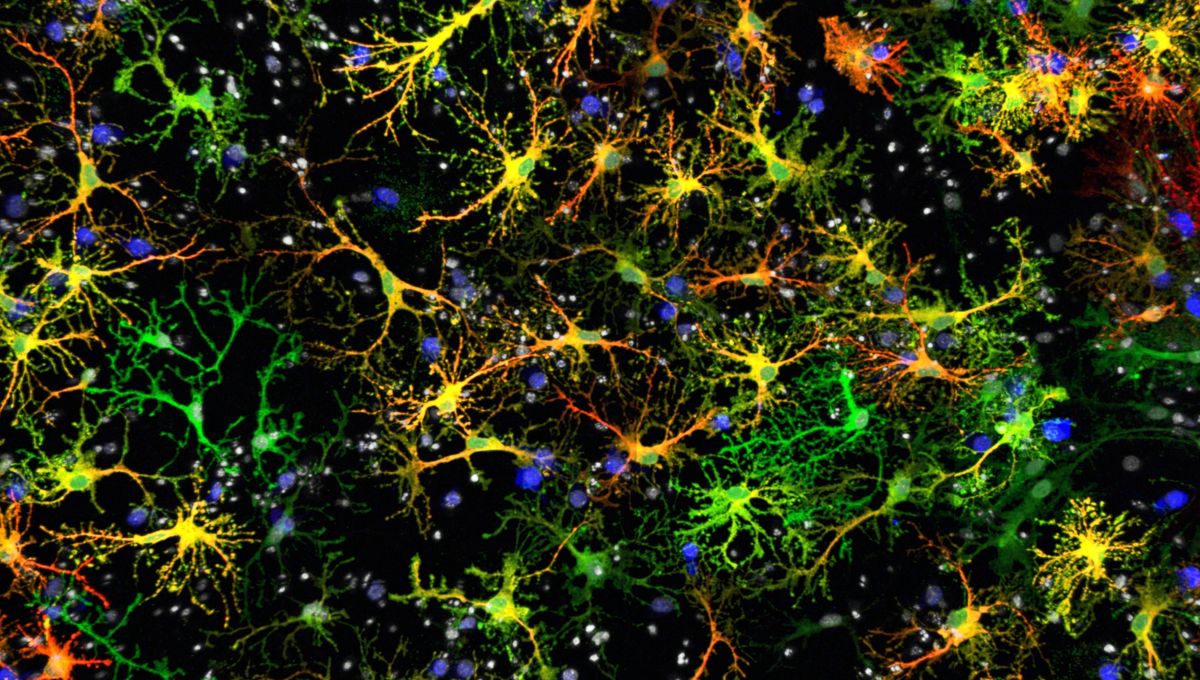Guangzhou Institutes of Biomedicine and Health researchers have achieved a groundbreaking feat – they have successfully grown humanized kidneys inside pigs. This remarkable achievement marks the first time that scientists have been able to cultivate a solid human organ within another species. Previous studies have managed to generate human tissues like blood or skeletal muscle in pigs, but growing a fully functional organ is a significant leap forward.
The researchers chose kidneys as their focus because they are one of the first organs to develop and are commonly transplanted in human medicine. Senior author Liangxue explains, “Rat organs have been produced in mice, and mouse organs have been produced in rats, but previous attempts to grow human organs in pigs have not succeeded. Our approach improves the integration of human cells into recipient tissues and allows us to grow human organs in pigs.”
Integrating human stem cells into pig embryos has been a challenge due to the competition between pig and human cells, as well as their different physiological needs. However, the team overcame this hurdle by creating a niche within the pig embryo using CRISPR technology. They genetically engineered the pig embryo to lack two genes necessary for kidney development, ensuring that the human cells would not have to compete with pig cells.
Additionally, the researchers modified human pluripotent stem cells to enhance their integration and prevent self-destruction. By temporarily shutting down apoptosis, they transformed these cells into “naïve” cells resembling early human embryonic cells. Culturing them in a special medium further optimized their development.
Before implanting the embryos into surrogate sows, the researchers provided unique nutrients and signals to both the human and pig cells. This ensured that the developing chimeras received the necessary conditions for growth, considering their disparate needs.
The team transferred 1,820 embryos to 13 surrogate mothers and terminated gestation after 25 or 28 days. They then examined the embryos to determine if the chimeras had successfully produced humanized kidneys. Analysis of five chimeric embryos revealed structurally normal kidneys for their stage of development, composed of 50-60% human cells. These kidneys had formed tubules and buds of cells that would eventually become ureters connecting the kidney to the bladder.
To address ethical concerns, the researchers investigated whether human cells were present in other tissues throughout the embryos. They found that human cells were primarily localized to the kidneys, with minimal presence in the brain, spinal cord, and genital ridge. This indicates that the human pluripotent stem cells did not differentiate into germ cells. The researchers suggest that further gene knockout in the human pluripotent stem cells could prevent this differentiation in future studies.
Now that they have successfully grown humanized kidneys, the team aims to extend the duration of development and work towards generating other human organs in pigs, such as the heart and pancreas. However, they acknowledge that optimizing this technology for human organ transplantation will be complex and time-consuming.
Despite the challenges ahead, this breakthrough has immense potential. It could revolutionize the study of human development and provide insights into developmental diseases. Senior author Miguel A. Esteban emphasizes that this method allows researchers to trace and manipulate human cells, enabling the study of diseases and the formation of cell lineages.
While the ultimate goal is to create fully functional humanized organs for transplantation, the researchers recognize the need for further advancements. Organs consist of multiple types of cells and tissues, so engineering pigs in a more complex manner will be necessary to avoid organ rejection in transplant scenarios. Nonetheless, this achievement opens up new possibilities for medical research and brings us closer to the future of regenerative medicine.








